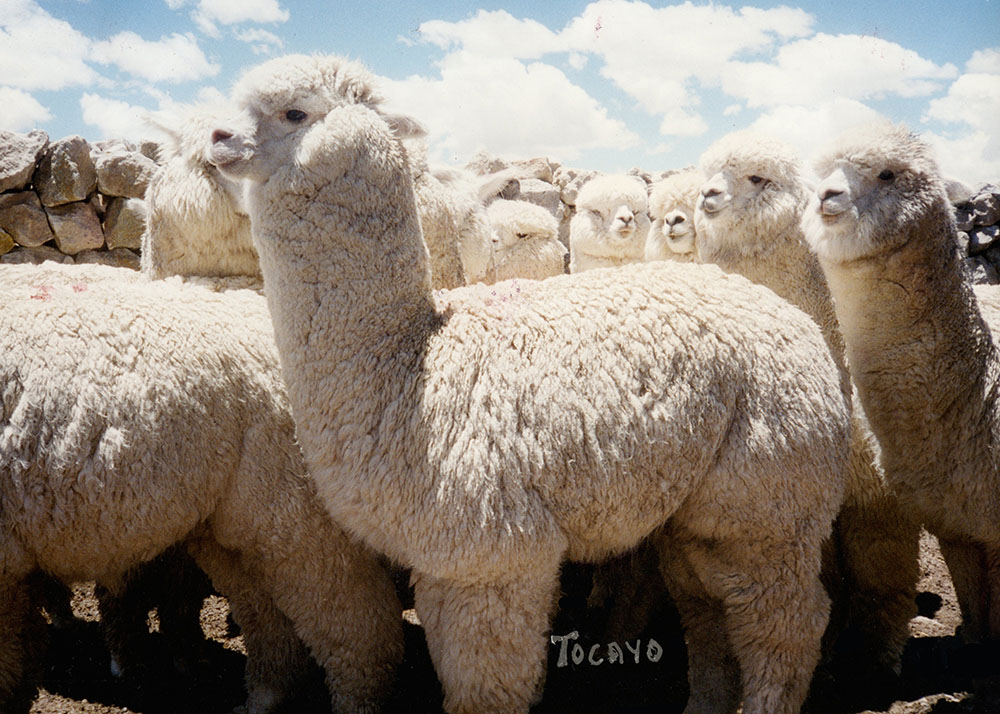Part four of Genetic Change: Rules and Tools focuses on generational interval.
Genes do not get better or worse with age. Yet over time in a given population, the more consolidated the positive, dominant genes, or the more increased the frequency of genes under selection, the more rapidly change occurs.
Generation interval affects the rate of genetic change simply because the more rapidly one generation of improved alpacas replaces the previous one, the faster the gain.
Mice reproduce more quickly than humans, producing 150 generations in the time it takes humans to produce one. (This is why mice are easier to improve than humans and are preferable laboratory animals.)
Generation interval is determined by the average age of 1) producing males and 2) females in a given herd. Alpacas have a generation interval of four to six years for females and approximately five years for males, although this interval will vary from herd to herd. The figure below identifies some common generation intervals for livestock.
The gains that result from lower genetic intervals are based on the assumption that when a breeder uses the scientific rules for gain, selection intensity, selection accuracy, and genetic variation they are producing improved versions or the previous generation, or more simply put the parents. It follows that the more rapidly you replace your breeding stock the faster the gain for the traits under selection.
| SPECIES | GENERATION INTERVAL (YEARS) |
| Alpacas | 4 to 6 |
| Horses | 8 to 12 |
| Cattle | 4 to 6 |
| Sheep | 3 to 5 |
| Pigs | 1.5 to 2 |
| Poultry | 1 to 1.5 |

EPD’s and generational interval
EPD’s allow a breeder, at the earliest possible point in time, to cull animals from their herd. They do not need to wait for years to determine the best breeding stock by trial and error. EPD’s rank their herd against the national herd every year.
This is particularly important when selecting replacement sires. Why breed a male for many years when it is only logical, and scientific, that his young sons, if mated to select females, will in fact be better studs than their father. Think of it this way: if you breed the same males to the same females every year the quality of your offspring will never improve.
EPD’s allow you to scientifically choose the best progeny from your production and then use them to create improved generations of alpacas. And remember this gain compounds, year after year.
The next series of alpaca articles that advocate for scientific selection and breeding systems for alpacas will explore the ABC’s of EPDs.
